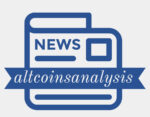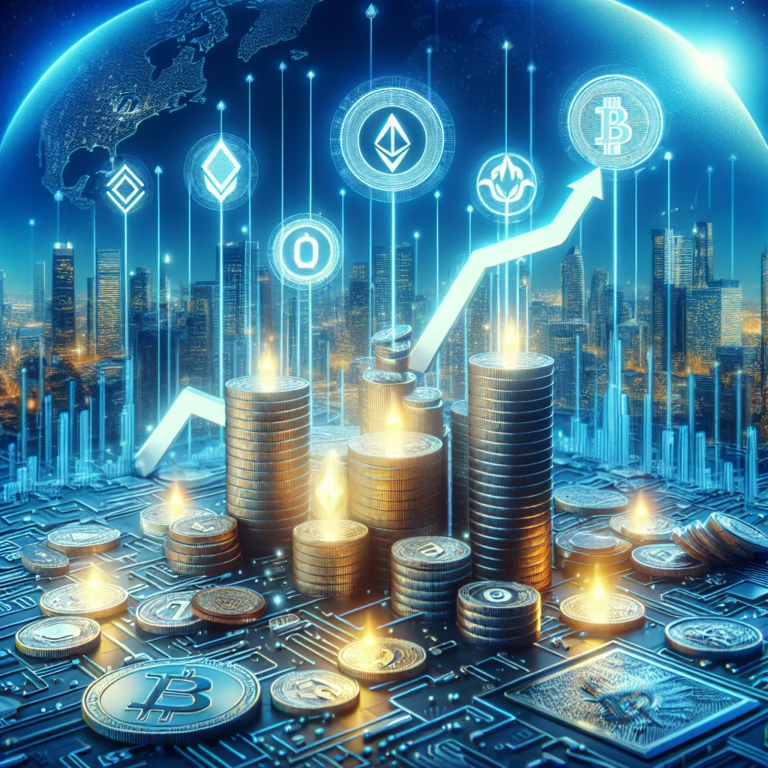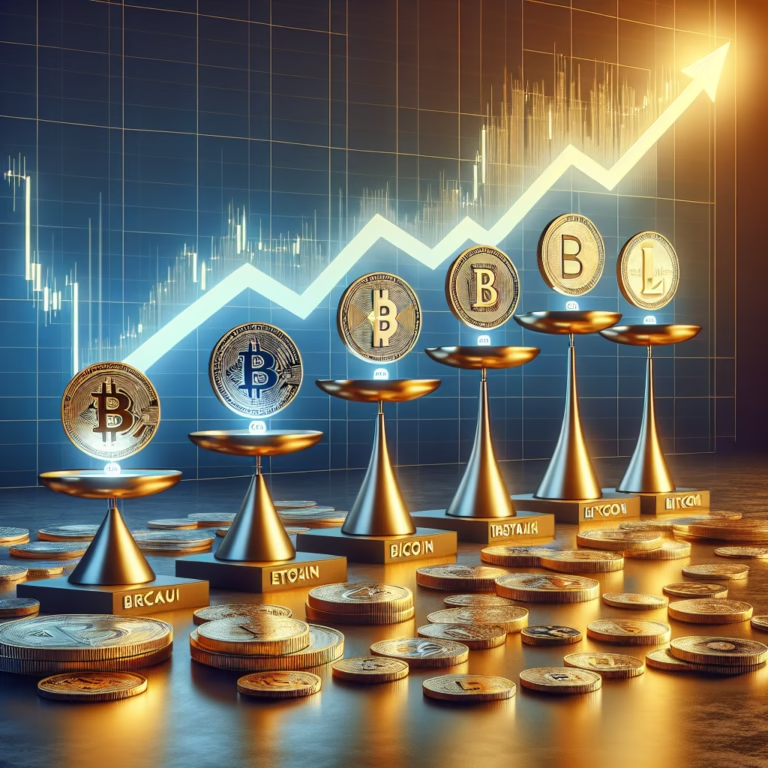XRP Ledger (XRPL) offers built-in decentralized features, but its adoption in certain areas remains debated.
XRP’s price action suggests a potential bullish breakout, with key resistance levels in focus.
Panos Mekras, co-founder at Anodos Finance, recently highlighted several key characteristics of XRP and its native technology, the XRP Ledger (XRPL).
He pointed out that XRP is deflationary, decentralized, and features a native decentralized exchange (DEX). Additionally, he pointed out that XRPL was among the earliest tokenization pioneers and also accommodates non-fungible tokens (NFTs).
No matter what anyone tells you (especially BTC maxis), facts can’t change. And here are some facts:
XRP is decentralized XRP is deflationary XRPL has a DEX (the very first since 2012) XRPL has tokens, stablecoins, RWAs (also the first blockchain to introduce…
— Panos X (@panosmek) March 19, 2025
According to Mekras, these traits make XRPL safer than all other networks because all features are built into its Layer 1 architecture, eliminating threats from smart contracts, wallet drains, and blind signing.
Yet, Mekras’ statements drew a split reaction. Some community members pointed out that Ripple, the group behind XRP, continues to have control over its network, particularly through its enormous holdings in escrow.
Lol. “Ignore facts”
1. “XRP is decentralized”•Flaw: The decentralization of XRP is heavily disputed. While Ripple, the company, does not own XRP outright, it still plays a significant role in its ecosystem. Ripple holds a large portion of XRP in escrow, exerts influence…
— Log Pilot (@Entouarnt4) March 19, 2025
Another point of contention has been whether XRP is deflationary. While small amounts of XRP are being burned with each transaction, critics argue that this does not necessarily mean that it is deflationary because its total supply is still extremely large.
This also came up for discussion, as XRPL’s decentralized exchange, while one of the earliest, has not been as popular as well-established decentralized finance (DeFi) exchanges such as Uniswap and PancakeSwap.
Another controversial aspect was XRPL’s tokenization capabilities. While XRPL tokenization preceded Ethereum and other blockchains, they later took over tokenized asset platforms.
Similarly, XRPL’s adoption of NFT lags behind Ethereum, Solana, and other major chains. Critics further claimed that though XRPL’s security model reduces smart contract threats, it lacks smart contract capabilities, which limits its potential for competing with networks that fuel large DeFi ecosystems.
Mekras Defends Claims on XRP Supply and XRPL Validators
Mekras defended his points, stating that Ripple does not control XRPL validators and that Bitcoin is not deflationary. He clarified that XRP’s total supply has not altered since its inception, with the escrow system having been misunderstood as an increase in circulating supply.
While a few users perceived thXRP Ledger (XRPL) offers built-in decentralized features, but its adoption in certain areas remains debated.
XRP’s price action suggests a potential bullish breakout, with key resistance levels in focus.
Panos Mekras, co-founder at Anodos Finance, recently highlighted several key characteristics of XRP and its native technology, the XRP Ledger (XRPL).
He pointed out that XRP is deflationary, decentralized, and features a native decentralized exchange (DEX). Additionally, he pointed out that XRPL was among the earliest tokenization pioneers and also accommodates non-fungible tokens (NFTs).
No matter what anyone tells you (especially BTC maxis), facts can’t change. And here are some facts:
XRP is decentralized XRP is deflationary XRPL has a DEX (the very first since 2012) XRPL has tokens, stablecoins, RWAs (also the first blockchain to introduce…
— Panos X (@panosmek) March 19, 2025
According to Mekras, these traits make XRPL safer than all other networks because all features are built into its Layer 1 architecture, eliminating threats from smart contracts, wallet drains, and blind signing.
Yet, Mekras’ statements drew a split reaction. Some community members pointed out that Ripple, the group behind XRP, continues to have control over its network, particularly through its enormous holdings in escrow.
Lol. “Ignore facts”
1. “XRP is decentralized”•Flaw: The decentralization of XRP is heavily disputed. While Ripple, the company, does not own XRP outright, it still plays a significant role in its ecosystem. Ripple holds a large portion of XRP in escrow, exerts influence…
— Log Pilot (@Entouarnt4) March 19, 2025
Another point of contention has been whether XRP is deflationary. While small amounts of XRP are being burned with each transaction, critics argue that this does not necessarily mean that it is deflationary because its total supply is still extremely large.
This also came up for discussion, as XRPL’s decentralized exchange, while one of the earliest, has not been as popular as well-established decentralized finance (DeFi) exchanges such as Uniswap and PancakeSwap.
Another controversial aspect was XRPL’s tokenization capabilities. While XRPL tokenization preceded Ethereum and other blockchains, they later took over tokenized asset platforms.
Similarly, XRPL’s adoption of NFT lags behind Ethereum, Solana, and other major chains. Critics further claimed that though XRPL’s security model reduces smart contract threats, it lacks smart contract capabilities, which limits its potential for competing with networks that fuel large DeFi ecosystems.
Mekras Defends Claims on XRP Supply and XRPL Validators
Mekras defended his points, stating that Ripple does not control XRPL validators and that Bitcoin is not deflationary. He clarified that XRP’s total supply has not altered since its inception, with the escrow system having been misunderstood as an increase in circulating supply.
While a few users perceived th




